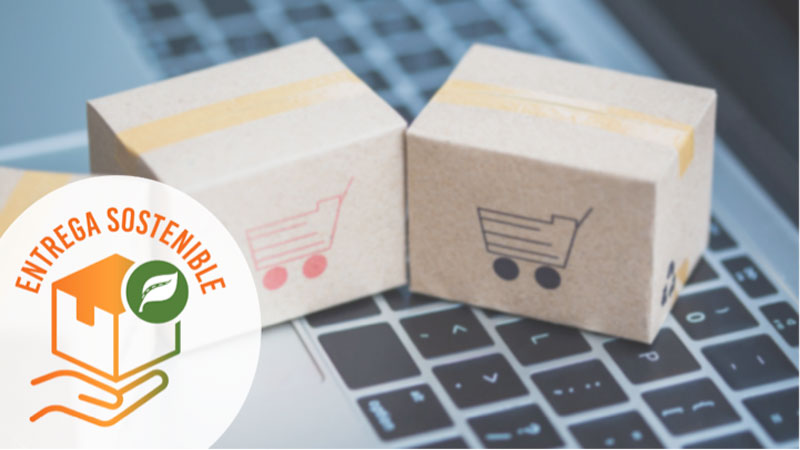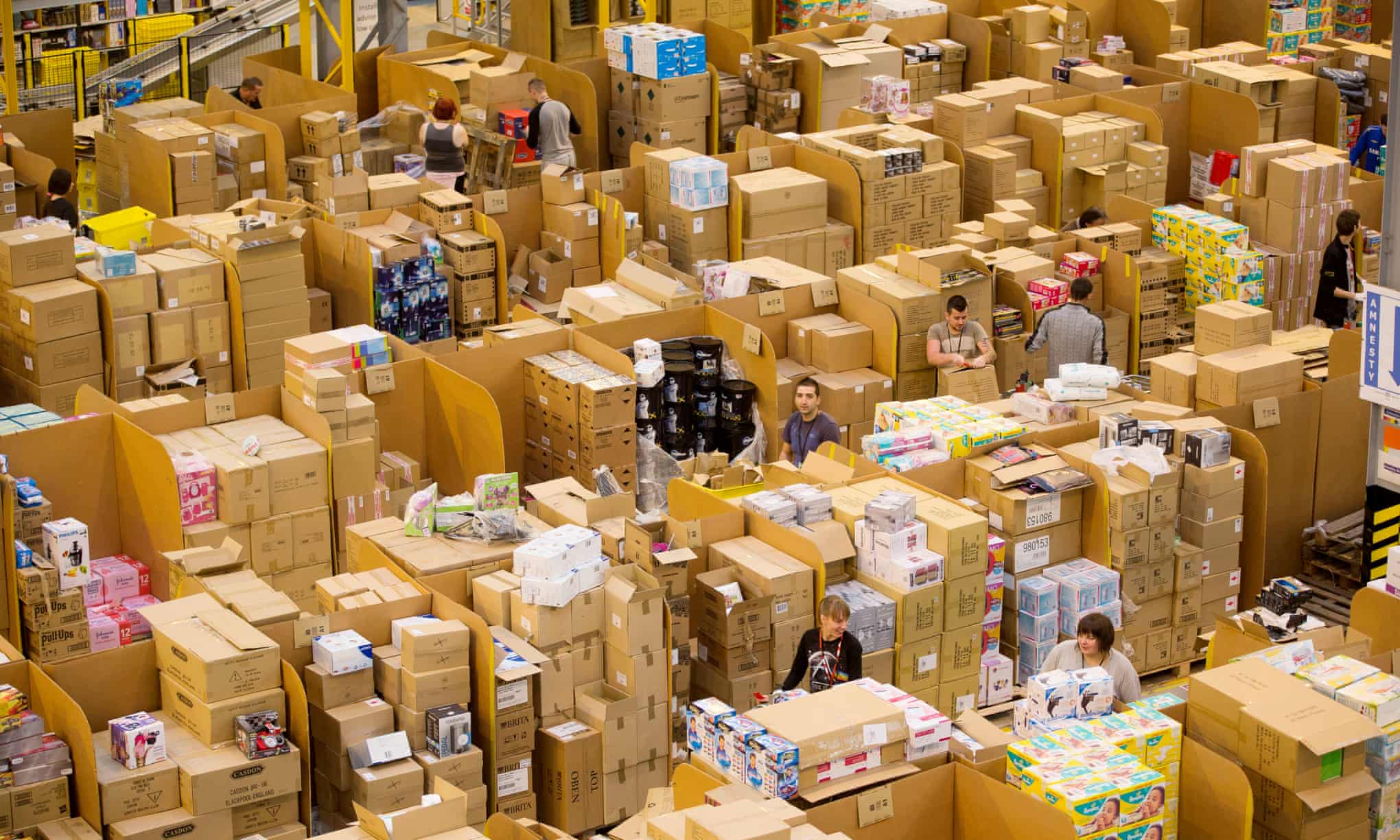Every online purchase we make or package we send can be very environmentally polluting. According to the Ministry for Ecological Transition, 25% of greenhouse gas emissions in Spain come from the transport sector. We can make these clicks more sustainable by paying attention not only to the price of the service, but also to the type of packaging we use, the ethics of the company we choose, or by picking up our package at a pick-up point.
This is a guide to making our shopping and shipping more sustainable and some examples of more sustainable practices that are already in the marketplace:
Planning is essential
Planning our orders in advance allows us to put together several items in the same package or purchase, thus reducing the amount of packaging we use and the number of delivery trips. Even so, if last-minute deliveries are unavoidable, we can always opt for companies that make deliveries in an environmentally friendly way. For example, with electric fleets, by bicycle, scooter or on foot, as offered by the company Jets in Barcelona.

The packaging
At this point, the three Rs that we were taught as children matter: reduce, reuse and recycle. The Companies for Sustainable Mobility platform warns of a 15% increase in household waste from e-commerce packaging. Thus, using in our shipments or returns the packaging of other products that would normally end up in the blue garbage can (such as shoe or wine boxes) and recycling those packaging that we cannot give a second life to (such as the gift wrapping paper used this Christmas) are small gestures that can have great importance.
If nothing we have at home fits the purpose, there is recyclable packaging made of sustainable materials. Following this line, Correos offers envelopes and boxes that also contribute to fire prevention and biodiversity preservation projects. For each piece of packaging sold, the company donates 0.05 euros to the NGO WWF.
Tell me who you are with…
Internet purchases have been growing for years and gained even more momentum with the lockdown imposed to contain the pandemic in March 2020. The transport employers’ association UNO predicted in October that Christmas and Black Friday would see 106 million shipments. This is 7% more than in the same period in 2020. Since this form of consumption is here to stay, there are some practices that help to ensure that the convenience of the click does not lead to more polluted air.
On the one hand, we have the option of always looking for proximity trade, which, in addition to being less harmful to the environment, boosts local businesses. On the other hand, we can promote those companies that try to reduce the carbon footprint in the transport of their goods. Some of them display labels on their websites that reflect this effort. One example is the Sustainable Delivery label that the Companies for Sustainable Mobility platform launched as part of European Green Week. With this label, companies such as Decathlon and Nacex are committed not only to pursuing sustainable shipping but also to encouraging responsible consumption by their customers.

Another factor to take into account is who the transportation service is contracted with. The so-called last mile (the last step in the process, when the package leaves the warehouse or store and is delivered to the consumer) is one of the sector’s biggest challenges in reducing its environmental impact. Of the aforementioned 25% of emissions caused by transportation, 95% are generated on roads. This is added to the noise pollution generated by the higher density of traffic in cities.
Some transport companies have started a transition to more sustainable fleets -Correos, for example, announced in October an addition of 500 electric vehicles to its fleet-, and others are opting for deliveries by bicycle, scooter, or even on foot. The latter group includes Koiki, a project with an environmental motivation as well as a social one: they employ vulnerable people to make deliveries.
This last option has been gaining ground in recent years, especially in the food delivery sector. However, riders often suffer working conditions that can discourage us from choosing this option. To the relief – and joy – of many, companies with this environmentalist philosophy and without these other problems are beginning to flourish. In Madrid, La Pájara offers deliveries within a three-kilometer radius of the restaurant to promote local commerce and ensure eco-friendly delivery.
Walking is also good for your health
Finally, if we have some time, we can choose to have our purchase dropped off at a pick-up point, the so-called checkpoints, instead of having it delivered to our house. There is no better way to contribute to reducing last-mile pollution than by eliminating it.
We will not always be able to do everything and there will be other times when we may not even be able to follow any of these steps. But internalizing them and trying to apply them in our daily lives is what makes the difference. Or, in this case, what it subtracts: fewer emissions and less pollution.





